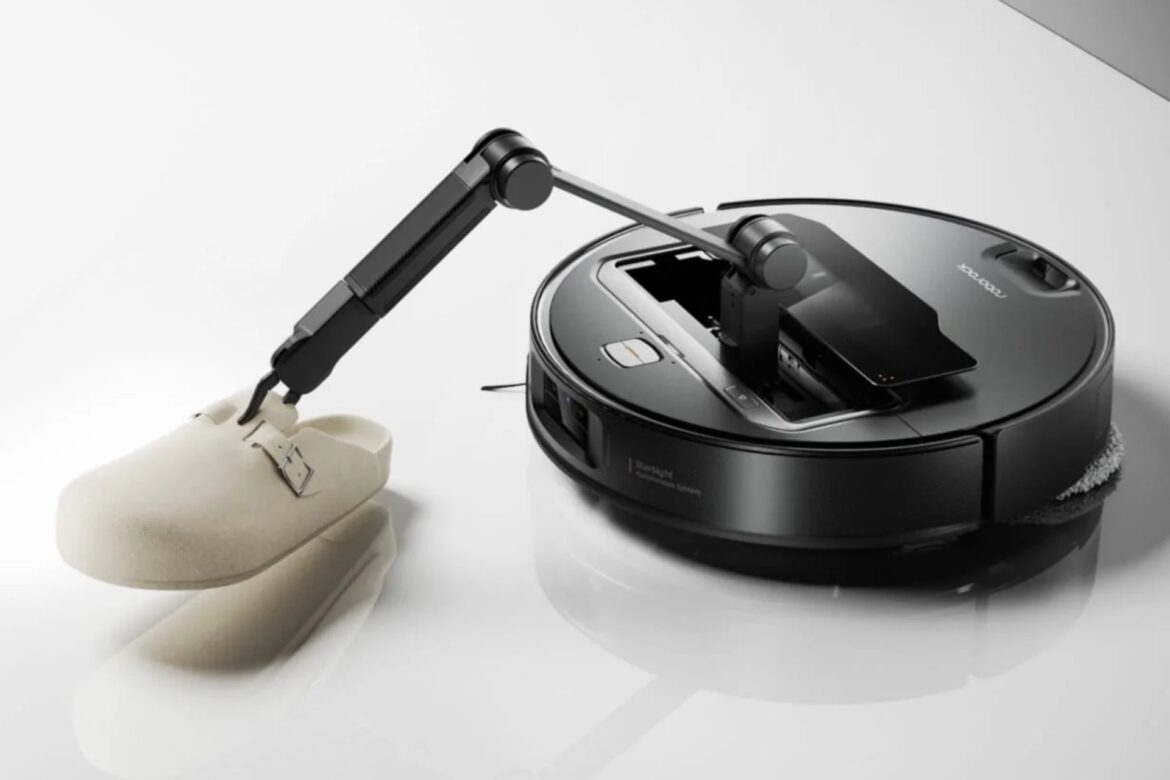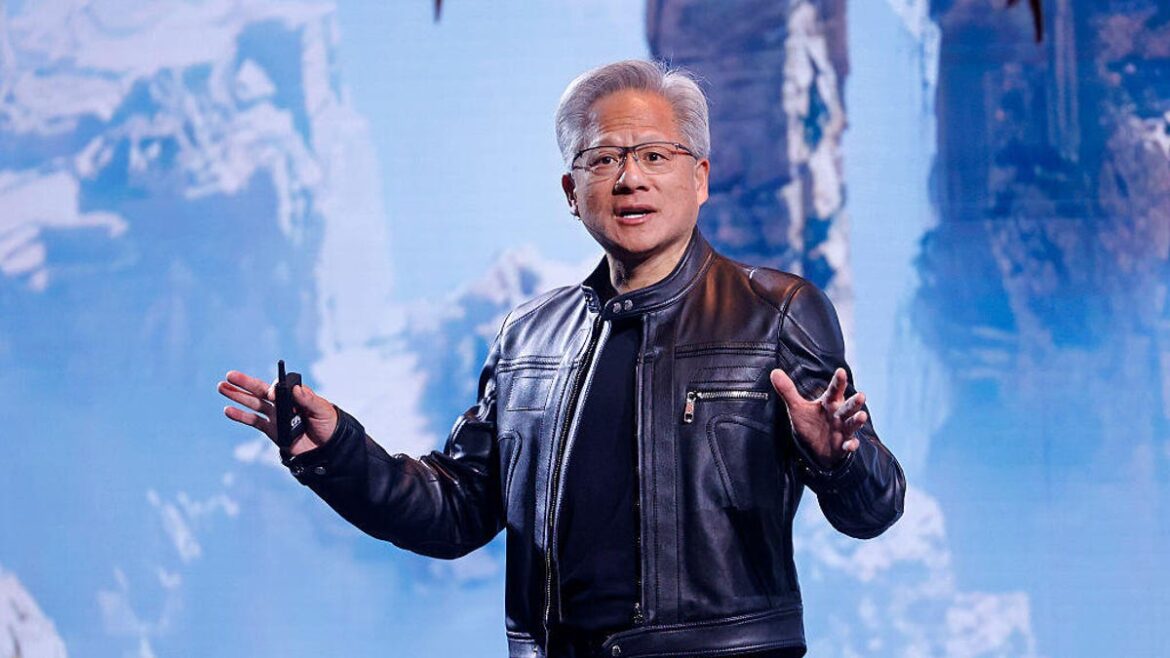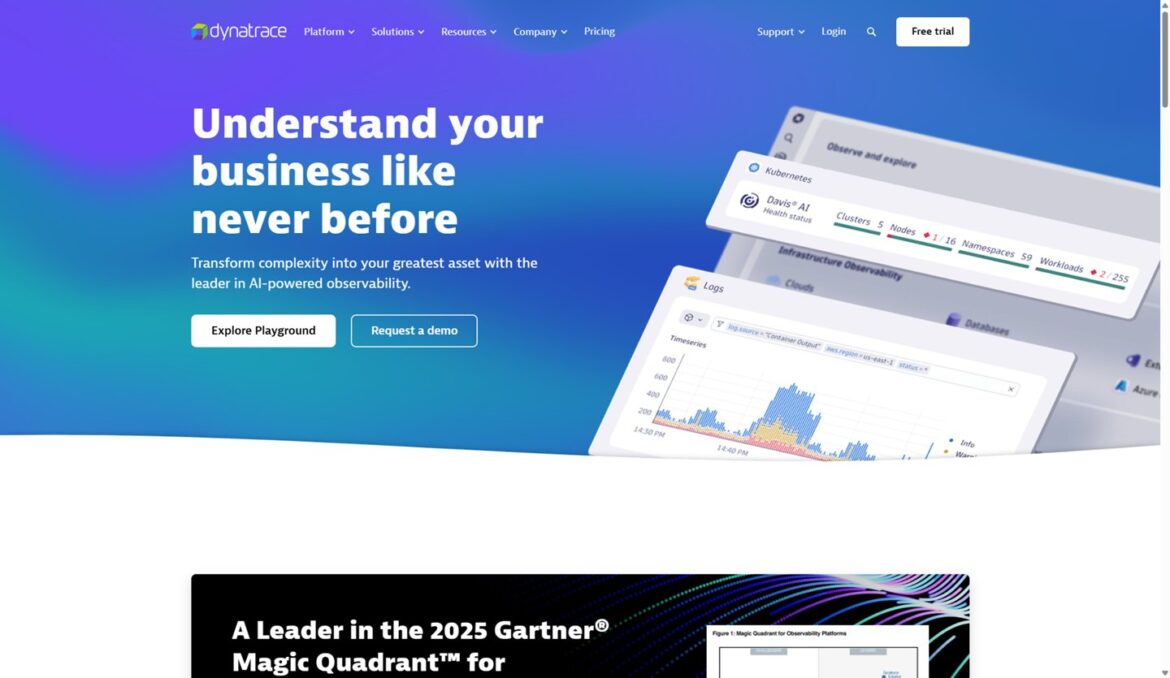A group of financial investors are in “advanced talks” with EA to go private with a valuation worth around $50 billion (£37.5 billion).
According to the Wall Street Journal (£), the investors – thought to include equity firm Silver Lake, Affinity Partners, and Saudi Arabia’s controversial Public Investment Fund (PIF) – could announce a deal as soon as next week. If true, this would make it the biggest leveraged buyout ever.
News of the potential deal sent EA’s share prices rocketing, closing 15 percent higher on Friday.
Saudi Arabia’s PIF increased its stake in FIFA publisher EA back in 2023. The PIF initiative was designed to diversify the country’s revenues via investment in foreign companies, with a large arm focused on the video games industry. It’s chaired by Prince Mohammed bin Salman, the controversial ruler blamed by the CIA for the assassination of Washington Post journalist Jamal Khashoggi, who has upheld the country’s notoriously poor human rights record.
Despite this, the PIF holds a notable stake in a swathe of gaming companies, including Grand Theft Auto publisher Take-Two Interactive, Nintendo, Embracer, Nexon, Capcom, and Ubisoft, after boss Yves Guillemot secured PIF funding, leading to new DLC for 2023’s Assassin’s Creed Mirage set in 9th century AlUla, an ancient Arabian city.
Affinity Partners was founded by President Trump’s son-in-law, Jared Kushner.
EA has declined to comment.





